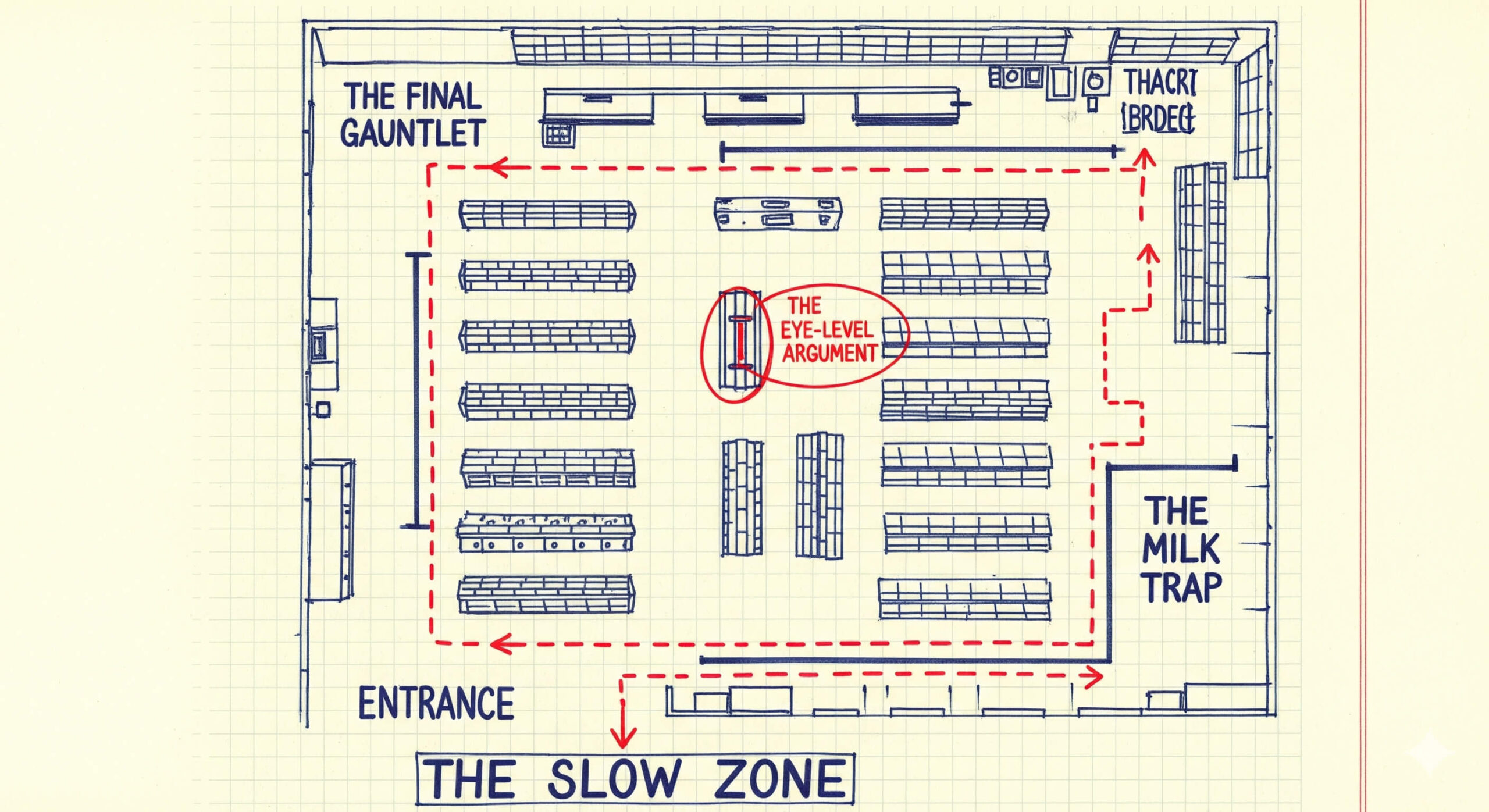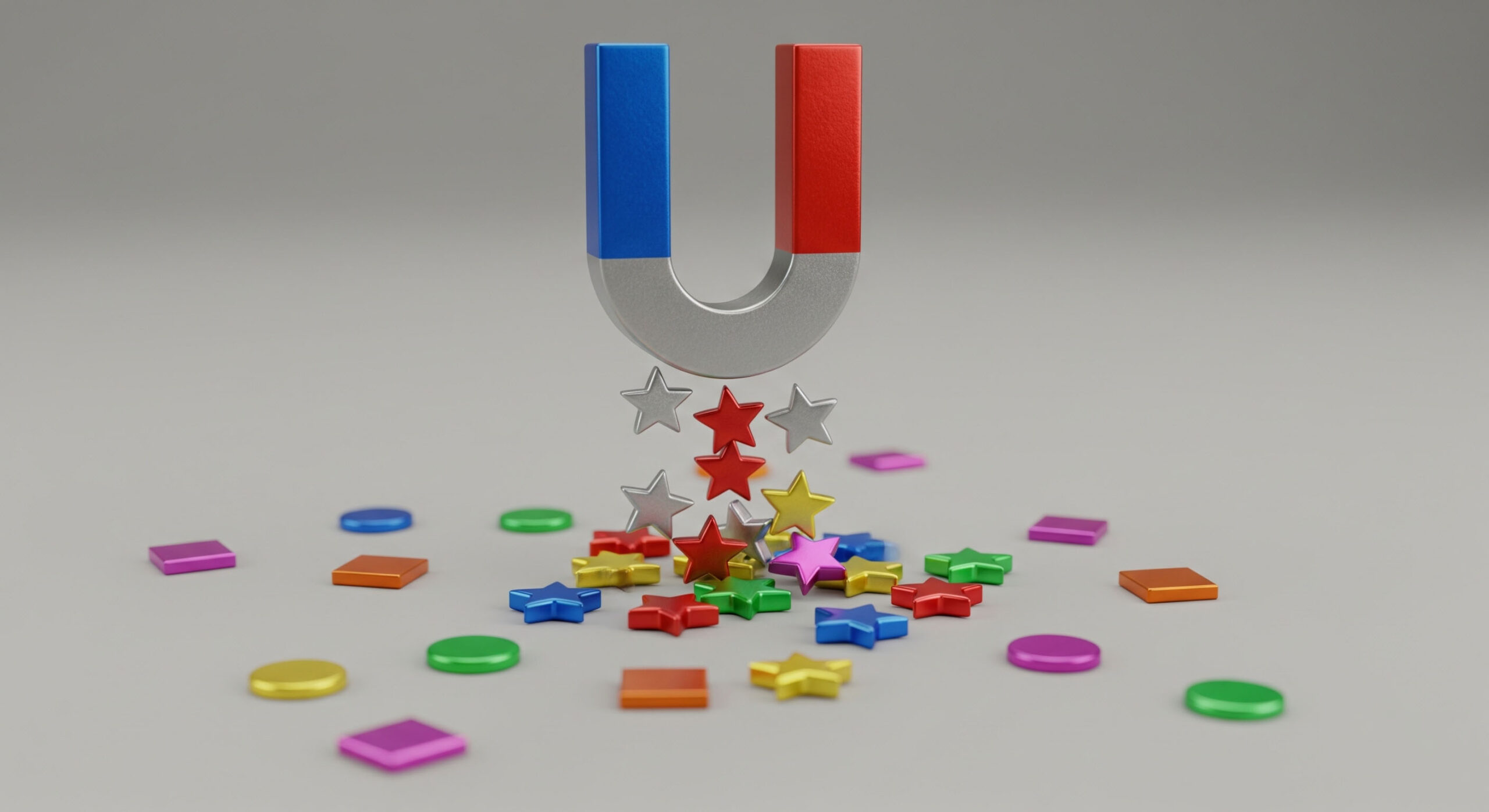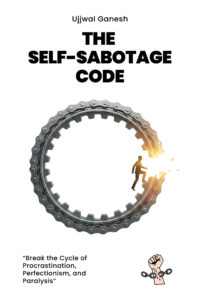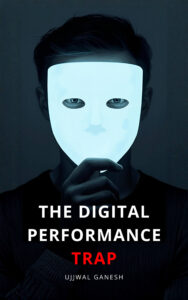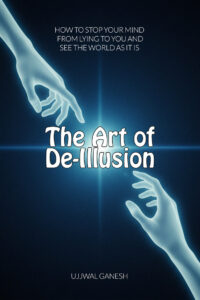You walk into the grocery store with a simple plan and a short list: milk, eggs, and bread. You’re on a mission. Twenty minutes later, you’re at the checkout with a cart that somehow contains a bag of new truffle-flavored potato chips, a fancy scented candle, a bottle of wine you’ve never tried, and a chocolate bar.
As you pay, a familiar question might pop into your head: “What happened to my self-control?”
But what if it wasn’t a failure of willpower? What if your journey from the entrance to the checkout was a perfectly choreographed performance, and you were the unwitting star? What if the store itself – its layout, its lighting, its smells – was a carefully crafted argument designed to guide you from that short list to a full cart?
As I explain in my book, The Observation Effect, every design is an argument. A hard plastic chair in a waiting room argues, “Sit here, but not for long,” while a plush armchair argues, “Stay a while.” The modern grocery store is one of the most sophisticated and successful arguments ever created. It’s not designed for your convenience; it’s designed to shape your choices. Learning to read its unwritten rules is the first step to taking back your power as a conscious consumer.
A Guided Tour of the Persuasion Machine
Let’s take a walk through a typical grocery store. But this time, we’ll put on our “observer” glasses and decode the arguments being made in each section.
The Entrance: The Decompression Zone
The first thing you encounter when you walk into most supermarkets is a wide, open space often filled with vibrant, colorful displays of fresh flowers or seasonal produce. This isn’t just to look nice. It’s known in retail psychology as the “decompression zone.” Its purpose is to slow you down, transitioning you from the fast-paced mindset of driving and parking to the slower, more meandering mindset of a shopper.
This area often features what I call the “Appetite Architect”: the smell of a rotisserie chicken roasting or bread baking in the deli. This isn’t an accident. These smells are designed to trigger your appetite, making you a hungrier and therefore less disciplined and more impulsive shopper for the rest of your trip.
- The Unwritten Rule: “Slow down. Forget your list. You’re hungry now.”
The Back Wall: The Milk Run
Where are the essential, high-demand items like milk, eggs, and dairy always located? In the farthest back corner of the store. This is not a coincidence. It is a deliberate strategy I call “The Milk Run.” By placing the items that the majority of shoppers need as far from the entrance as possible, the store’s design forces you to walk through the entire length of the building. This long journey exposes you to thousands of other products, dramatically increasing the chances that you’ll make impulse purchases along the way.
- The Unwritten Rule: “You came for milk, but you will see everything else first.”
The Aisles: The Maze of High-Margin Temptation
The perimeter of the store is typically where you find fresh, whole foods. The center aisles are the heart of the persuasion machine. This is where the packaged, processed, and highest-margin items are located. The layout is often designed to be a maze, encouraging you to wander rather than follow a direct path, ensuring maximum product exposure.
And on those shelves lies one of the most powerful unwritten rules of all.
The Secrets on the Shelf: Micro-Level Persuasion
The arguments aren’t just in the layout; they’re at the micro-level of each shelf.
The Eye-Level Argument
The most valuable real estate in the entire store is the shelf at an adult’s eye level. This is known as the “buy level,” and it’s where you will almost always find the most expensive products and leading brands. Most shoppers don’t take the time to scan up or down, so they simply grab what’s most convenient.
This tactic has a more cynical application, as I point out in my book. The brightly colored, sugary cereals are deliberately placed on lower shelves, at the direct eye-level of a child sitting in a shopping cart . The design is making a direct argument to the child, leveraging their “pester power” to persuade the parent.
- The Unwritten Rule: “The easiest choice is the one we want you to make.”
Sensory Manipulation
Beyond sight, stores use other senses to shape your choices. The slow-tempo, calming music played over the speakers is chosen to make you move more slowly and spend more time in the store. The bright, crisp lighting in the produce section is designed to make fruits and vegetables look fresher and more appealing than they might under normal light. Every element is a subtle nudge.
How to Read the Rules and Reclaim Your Choices
Learning to see these arguments is not about becoming cynical; it’s about reclaiming your agency. Once you can read the code, you can choose to ignore it. Here is a practical guide to shopping with your eyes open.
- Make a List (Your Shield): It’s the oldest advice for a reason. A shopping list is your written plan, your defense against the store’s unwritten rules.
- Shop the Perimeter (The Shortcut): For a healthier and cheaper shop, get the majority of your items from the perimeter of the store (produce, dairy, meat) and only venture into the center aisles for specific items on your list. This allows you to avoid the maze of temptation.
- Practice the “Counter-Scan” (The Defense): Consciously fight the “eye-level argument.” When you get to an aisle, intentionally look at the top shelf (often for specialty or bulk items) and the bottom shelf (often for store brands and better value). You’ll be amazed at what you find.
- Never Shop Hungry (The Biological Defense): This is the simplest rule to follow. By eating before you shop, you make yourself far less susceptible to the store’s “Appetite Architect” tactics.
From Pawn to Player
The grocery store is a powerful real-world example of how environmental design is constantly shaping our behavior. The world is filled with these unwritten rules, from the layout of a casino to the design of a social media app.
To the unobservant person, these arguments are invisible; they are a passive pawn moved by forces they don’t understand . But once you learn to see the argument being made, a choice emerges. You can reclaim your focus, assert your own intentions, and decide whether you want to agree with the argument or not.
This is the power of observation in action. To get a complete guide to decoding the hidden patterns, unspoken rules, and subtle arguments in the world around you, you can explore the full framework in my book, The Observation Effect.
